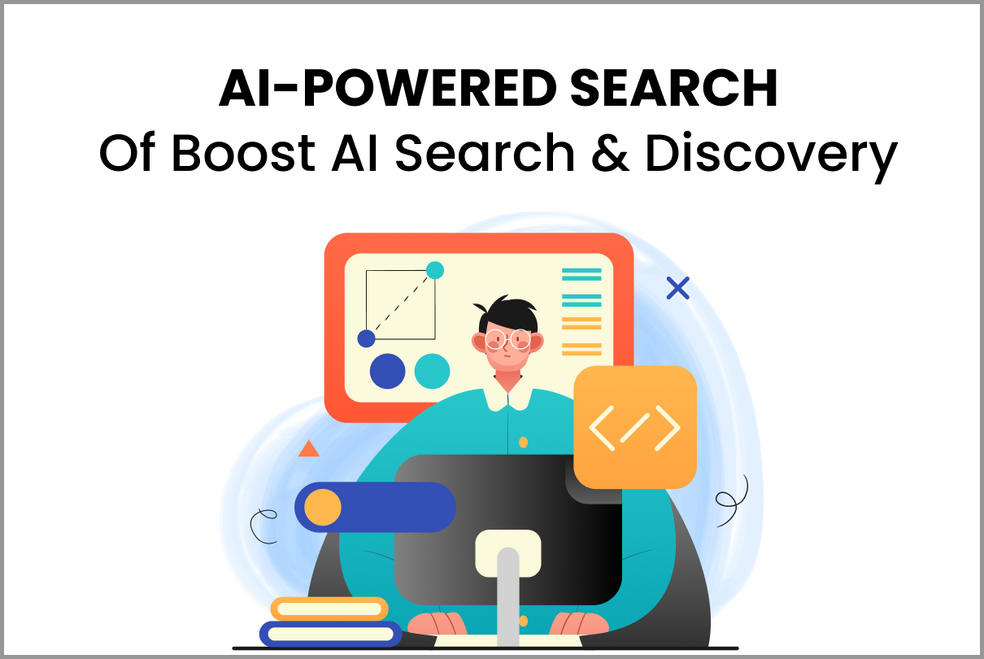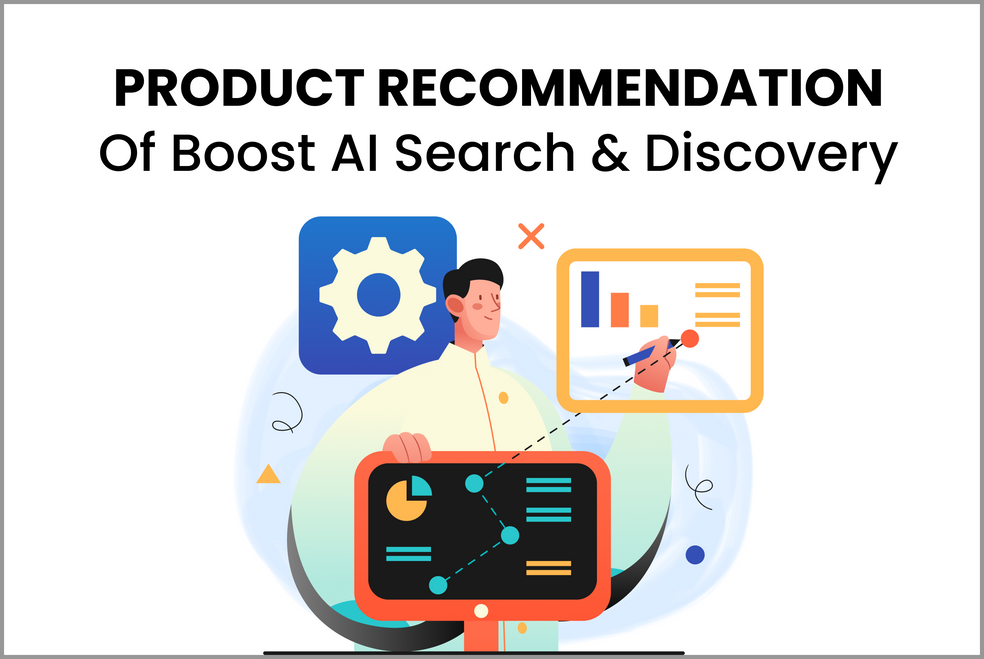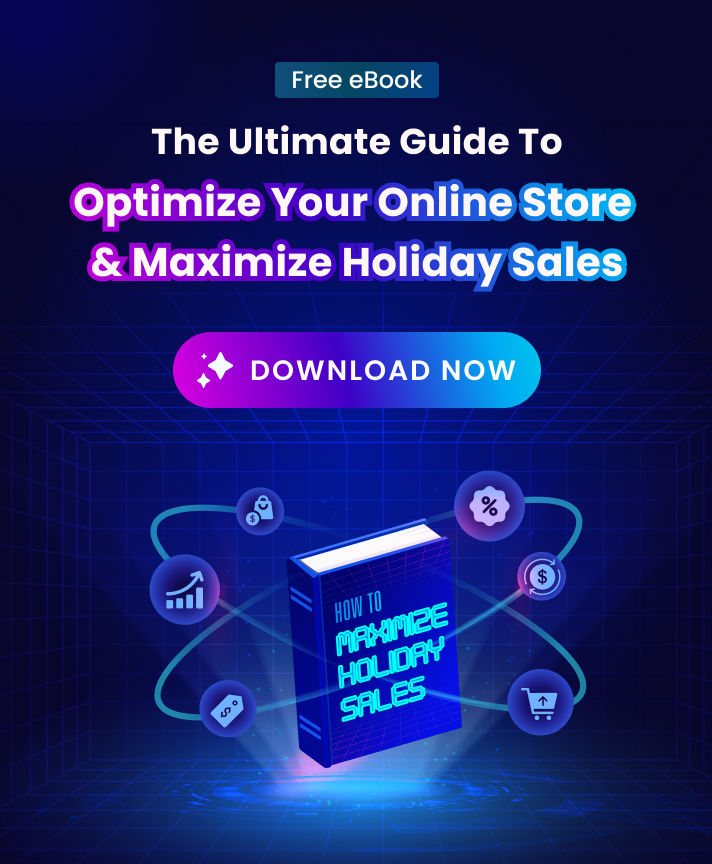What is Augmented Site Search?
In the context of a general website, an augmented site search refers to a search facility that uses information on a separate website or platform in order to make the product searching process easier. The main advantage of an augmented site search is that it would typically allow for faster, more accurate, and specific searches.
On an eCommerce website, augmented site search enables users to search and get instant results with high accuracy via AI power and natural language processing (NLP).
What is Augmented Site Search used for?
Augmented site search is a modern onsite product discovery experience that is typically used to allow a user to find something within the context of the platform (a website).
This onsite search offers several advantages over simple generic searches. First, it allows users to find things in a more accurate manner by integrating various data sources into their searches. Second, it helps users to find more things because they can use the search terms that they want, but can also use different sites’ data.
Popular examples of Augmented Site Search
1. Google
Google is an augmented site search engine that searches multiple websites, such as Wikipedia and Google itself, in order to provide better results for consumers. For example, if you use the Google search engine to search for “Hollywood Walk of Fame,” the tool will take into account this information and return a set of results relevant to this topic.
This site search component works by comparing information on each website with when you performed the same action on the Google website (e.g., searching for “Hollywood Walk of Fame”). It then combines the relevant information from the user’s search with that obtained from other websites.
Because Google generates these results through a web crawler and algorithm software, not a proprietary application, it is classified as an augmented site search engine.
2. Facebook
With its Graph Search, Facebook is creating augmented site searches for the social network. It is a tool that searches for people and pages on Facebook, as well as their mutual friends, interests, and other activities.
The new implementation of Graph Search is a great example of augmented site search because it uses different features of Facebook’s data to deliver a more accurate product.
3. Flickr
Flickr is an example of using a search engine with augmented-power that allows users to perform searches and find photos across multiple sources on the Internet. These sources include Yahoo!, Photobucket, and various photo-sharing websites.
For instance, if you were planning to visit Thailand, you could use the Flickr search engine to find pictures of Thailand from a variety of different sources.
Much like Google and other search engines, the results that you get from Flickr will be based on relevancy (i.e., the more times a particular image has been clicked on by users, the higher it ranks with results).
What are the benefits of using Augmented Site Search?
Augmented product search technology might sound complicated at first but it helps bring your customers’ overall shopping journey to the next level.
- Seamless on-site search experience via instant search, facets (both term and range), filters, fuzzy search, sorting, etc. that can unlock true accuracy, returning high search relevance instantly
- Sensible merchandising with flexible product ranking optimization done easily, and with less manual setting work for a highly converting product placement
- Optimized search relevance by deep intelligent search intent understanding based on the user’s language, search content, personal data, and more.
How to use Augmented Site Search on eCommerce sites?
1. Choose a 3rd-party application
There are multiple ways to implement augmented product search technology. Some companies choose to host their own applications, while others rely on third-party services. By using a 3rd-party application, you can utilize its full power while only having to spend minimal effort in management.
The downside is that you will be dependent on its appearance and might be affected by downtime from third-party companies. The key here is to choose an app with powerful infrastructure to keep your mind off these worries.
2. Target the right audience
Augmented site search locates online visitors based on a number of different factors. These include their browser languages and other data, such as their IP address and location.
Before selecting an audience for your application, it is important to determine which information best matches this data. After you have selected an audience, you should target your application based on interests in the particular group.
3. Measure and improve your results
Once you have implemented this powerful site search, it is important to make sure that it is working correctly. You can do this by conducting A/B (also called split or bucket) testing. A/B testing allows you to compare two versions of your application, in order to determine which one performs better for specific users and certain types of searches.
















